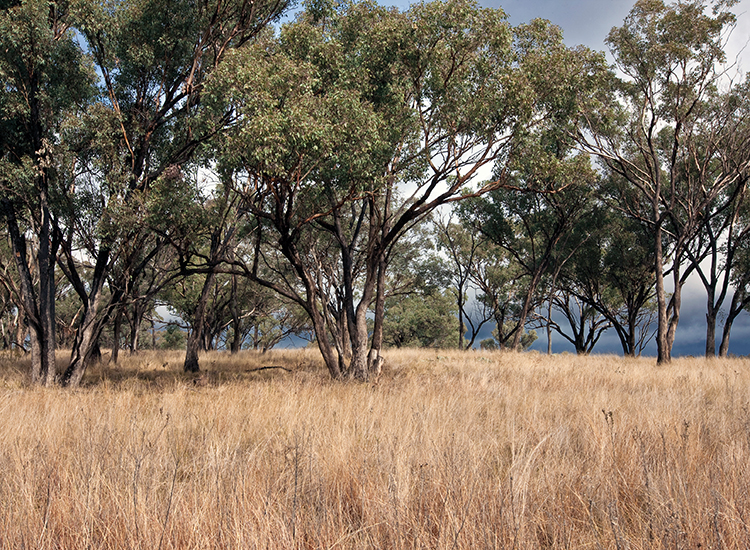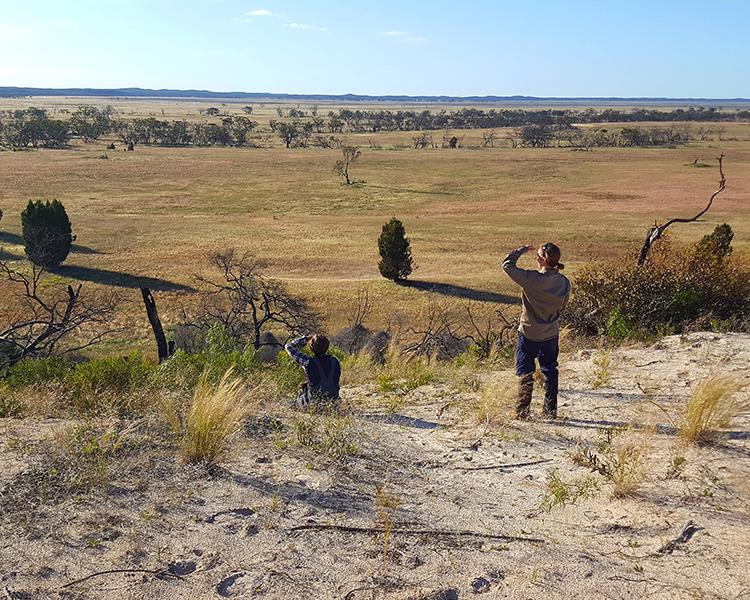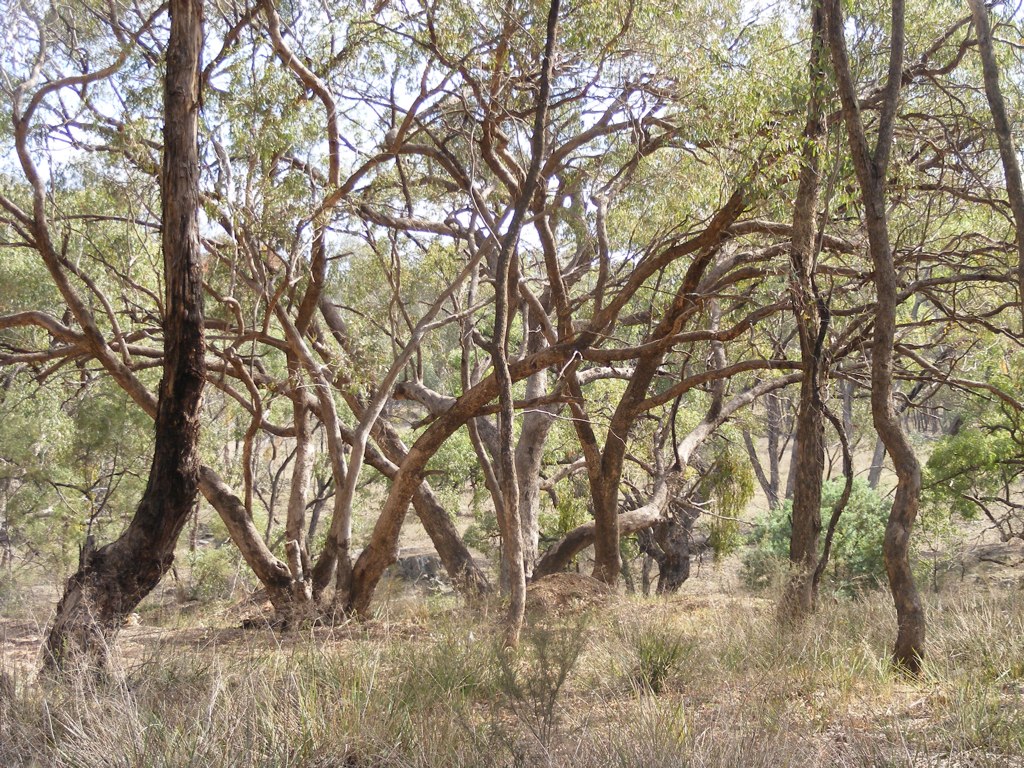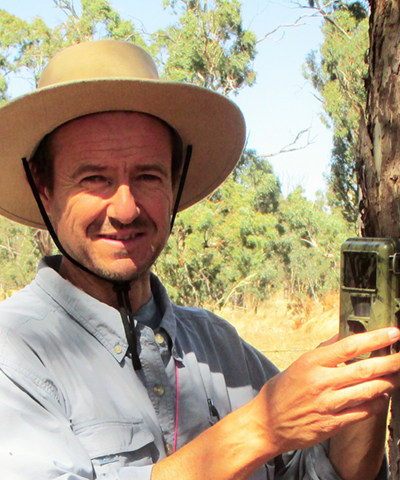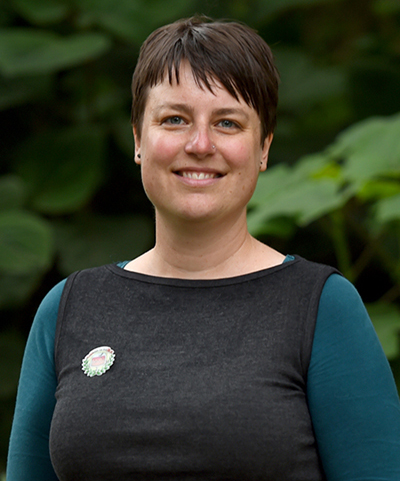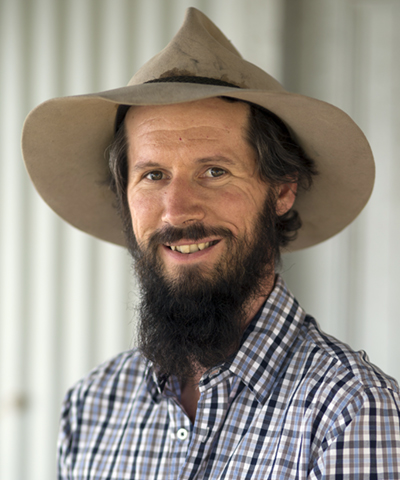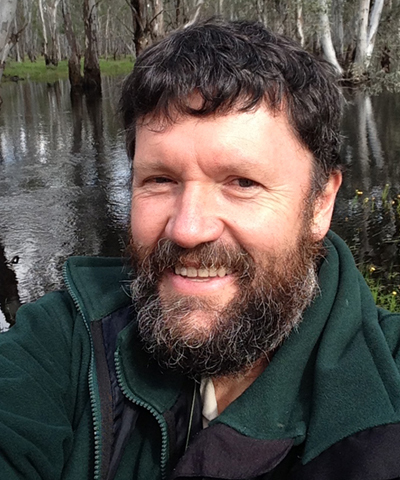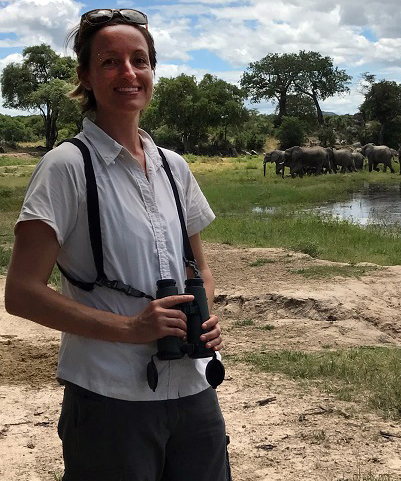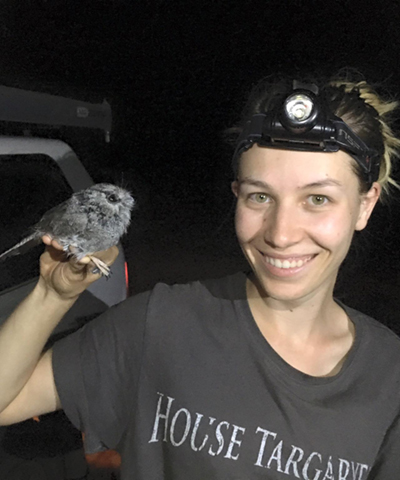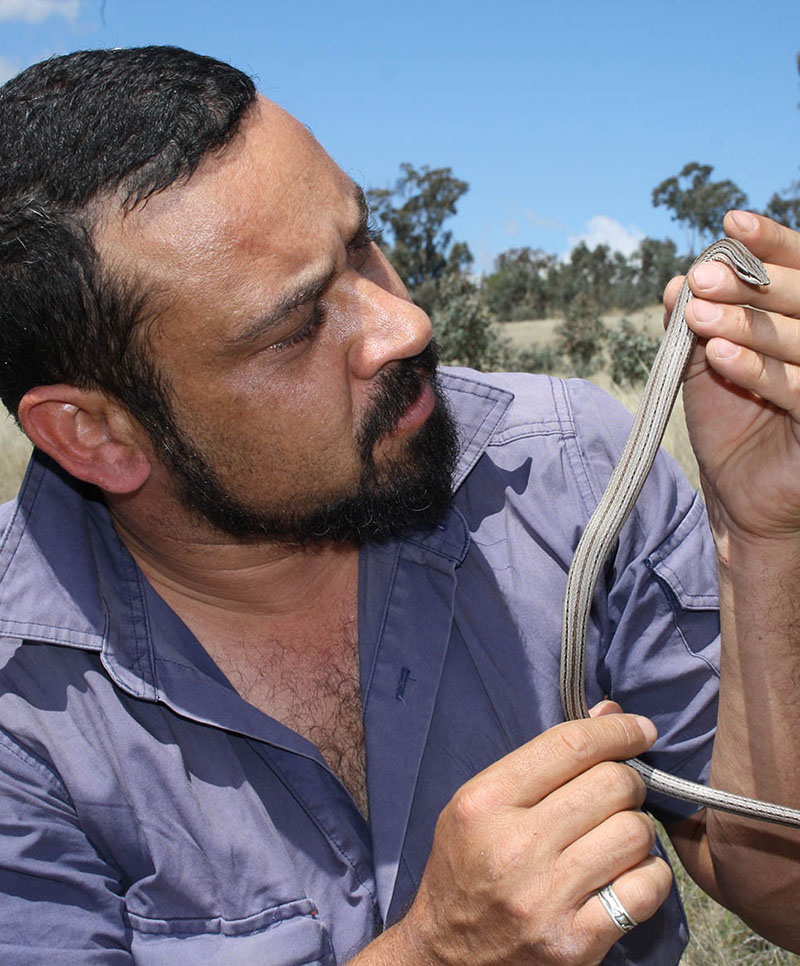
The conservation problem
This project will study how best to conserve threatened ecological communities and critical habitats for threatened and endangered species. Initial focus is on the box gum grassy woodlands and endangered buloke woodlands of the Riverina and Murray-Darling Depression Bioregions as well as the endangered alpine Sphagnum bogs and fens. Key management actions are needed to conserve not only these critical habitats and threatened ecological communities but also the array of threatened species that occur in these habitats.
How this research is addressing the problem
Research will include a series of field trials, experiments and prioritisation of management of critical habitats and threatened ecological communities from across Australia. The research will aid the development and application of improved management to conserve these threatened ecosystems and species. It will do this by providing evidence for the effectiveness of revegetation and control of invasive plants and animals, including dominant noisy miners and ecological processes such as fire and grazing in recovering threatened ecological communities. It will also provide evidence of the effectiveness of nest boxes in reversing the declines in threatened birds and mammals. With this evidence, managers will be better able to prioritise among the multiple threats facing threatened ecological communities.
What we aim to collectively achieve through the research
This project will have a range of important outcomes, with significant implications for ecologically effective and cost-effective investments in major programs. Specific anticipated outcomes include appropriate management interventions to conserve and recover the range of critical habitats, such as buloke and box gum grassy woodlands and alpine Sphagnum bogs with long-term but immediately quantifiable benefits for dependent species such as the red-tailed black-cockatoo. The project and its subprojects will also provide new insights into the recovery of a suite of threatened plants. They will highlight the value of restoration efforts through revegetation and management of existing remnants.
This project involves the following subprojects: Project 1.2.1.2 Can culling noisy miners benefit threatened woodland birds?
Project 1.2.1.3 Survival and persistence of woodland birds in restoration plantings
Project 1.2.1.4 How bird communities change in relation to vegetation change
Project 1.2.1.5 Testing the effectiveness of nest boxes for threatened species
Project 1.2.16 Enhancing critical habitat for the pink-tailed worm-lizard in agricultural landscapes
Project 1.2.1.7 Restoring the endangered Yass daisy
Project 1.2.2 Adaptive management of endangered Buloke woodlands
Project 1.2.3 Supporting alpine peatlands recovery by prioritising action on threats
Project 1.2.4 Ecosystem accounts in box gum grassy woodlands
Project 1.2.5 Coordinated recovery planning for threatened woodlands
Read more: Saving woodland and alpine habitats
Image:Yellow Box Eucalyptus meliodoraby Elizabeth Donoghue/Flickr (CC BY-NC-ND 2.0)
